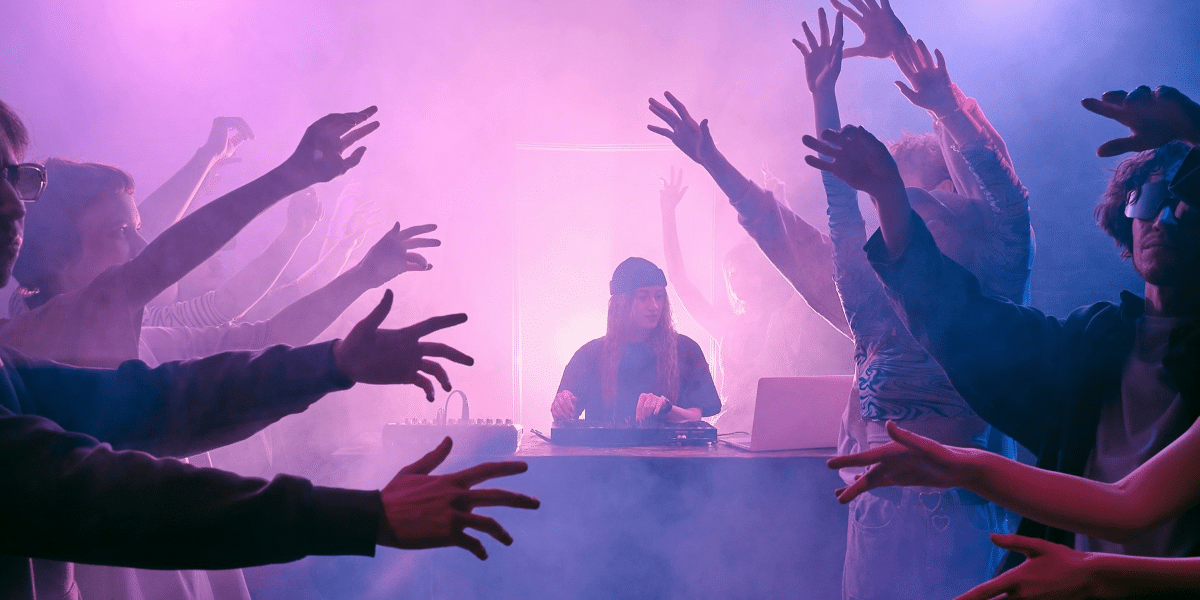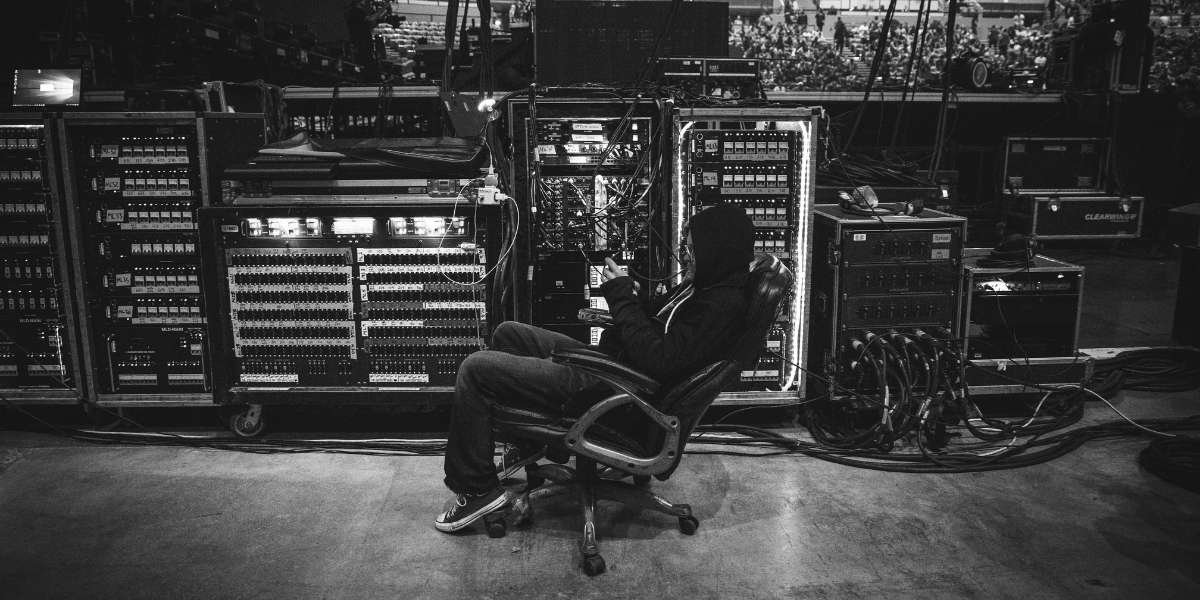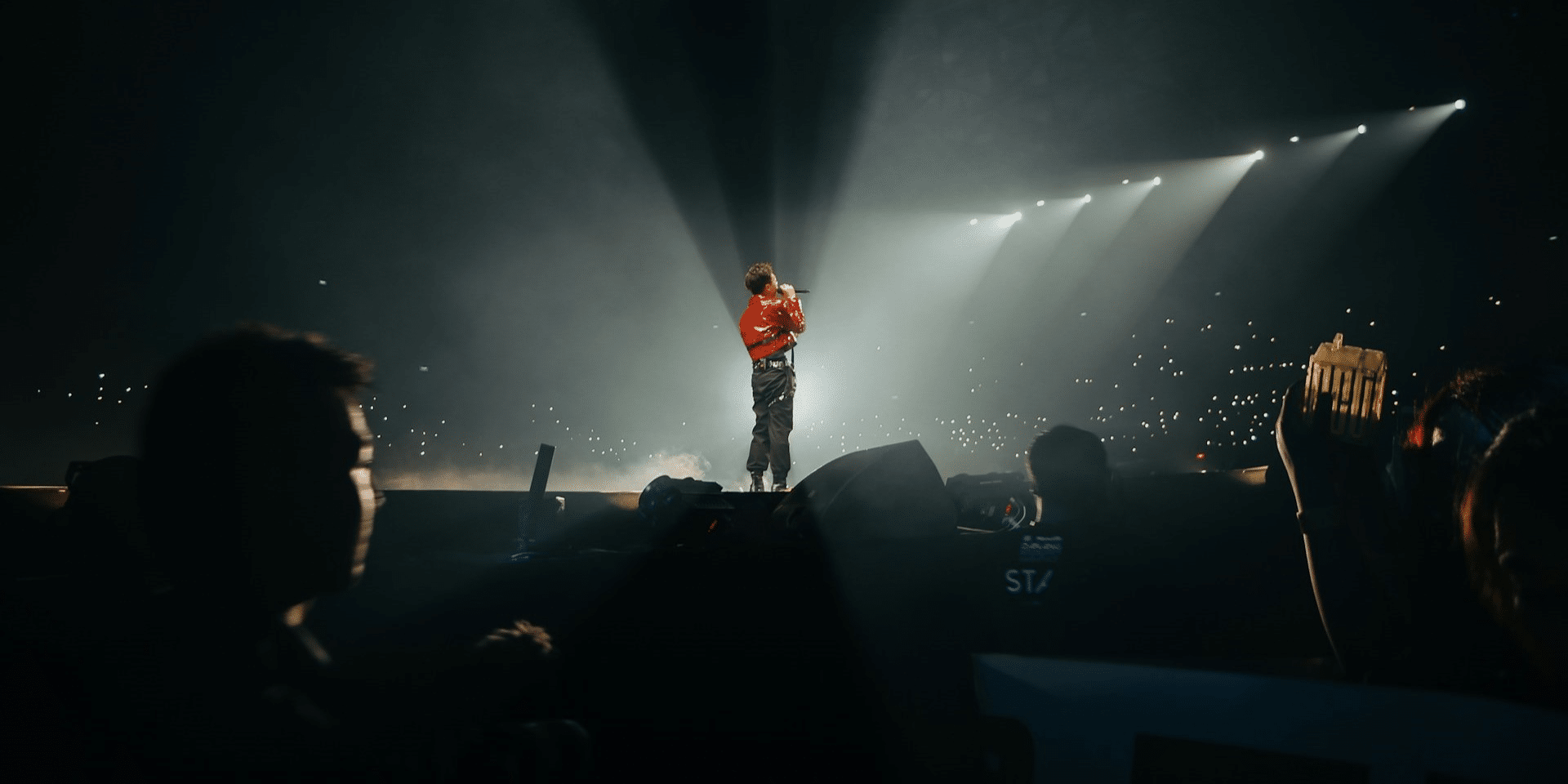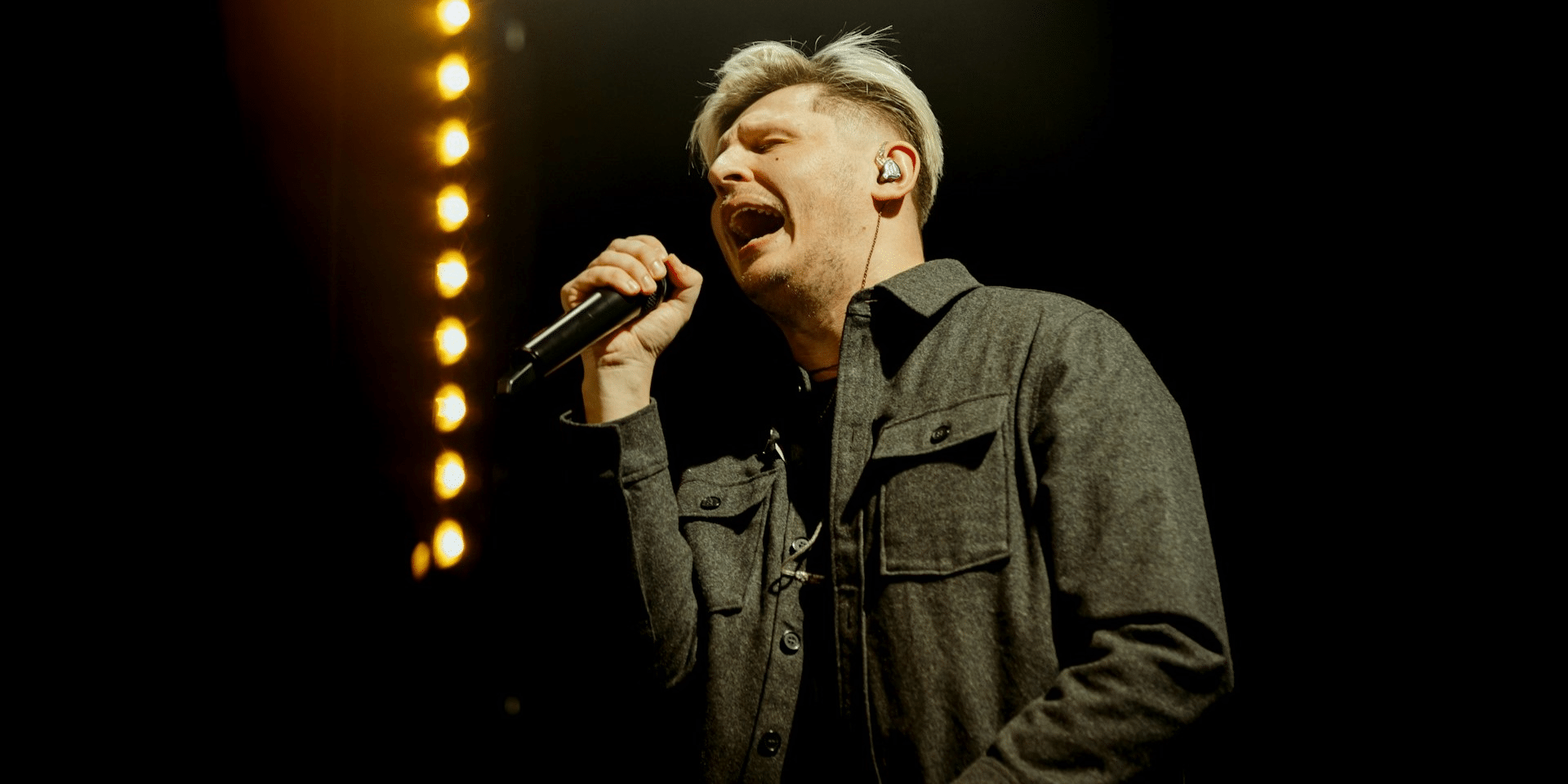By: Elise Monroe
Memory, migration, and the cut itself converge in After Dinner, the festival-recognized short that spotlights Los Angeles–based film editor Lasley Kam Shu Lui, originally from Hong Kong, China. Written, directed, and edited by Lui, the 14‑minute film won Best Narrative Short and the Odyssey Award at the 2024 New York Odyssey Film Festival, a notable double honor that underscores her quietly powerful artistic voice in contemporary cinema. After Dinner has since toured numerous U.S. festivals, including an official selection at the San Diego Asian Film Festival. Its run is introducing wider audiences to Lui’s reflective, mixed‑media storytelling—following the festival attention drawn by her 2022 short The Normal Girl, which critics praised for her instinct for letting silence and rhythm carry the story.
From Hong Kong to New York: A Story of Farewell
At its heart, After Dinner is a story shaped by Lui’s own cross-cultural experience. The film follows Wing, a newcomer from Hong Kong living in Manhattan’s Chinatown, as she embarks on an unusual journey over the course of a single day to say goodbye to her boyfriend. This “day’s farewell in New York’s Chinatown” encapsulates the film’s premise—a bittersweet breakup intertwined with longing for the familiar. The bustling streets of Chinatown may become more than a backdrop; they seem to mirror Wing’s inner conflict, caught between emotional attachment and the unknown. Lui brings sensitivity to this story, allowing After Dinner to resonate with detail and emotional honesty.

Photo Courtesy: Lasley Lui
Blending Memory and Reality in After Dinner
After Dinner is perhaps most striking for its mixed-media approach to visual storytelling. Lui weaves in footage shot on Super 8mm film to represent the protagonist’s memories. The choice of Super 8—with its grain, flicker, and soft colors—can imbue flashback moments with a tactile, dreamlike quality. The viewer might sense the past as something slightly out of focus yet deeply intimate. By contrast, the present-day scenes in the film often have a crisper digital look, creating a visual distinction between memory and reality. “I love working with different media to shape emotion,” Lui shares, and in After Dinner, this appears to translate into a layered visual texture. The Super 8 inserts seem to conjure fragments of Hong Kong as Wing remembers it—fleeting and precious. Through this blend of media, Lui invites viewers into Wing’s inner world, where past and present coexist.
Montage of Two Cities: Sound and Vision
One of the most memorable sequences in After Dinner is a montage that appears to seamlessly bridge Hong Kong and New York through sight and sound. In this pivotal scene, Lui’s editing prowess comes into focus. Snippets of Hong Kong street life—a tram bell ringing, voices chatting in Cantonese, familiar crosswalk beeps—flow into shots of Manhattan’s Chinatown. Lui stripped all original street sound and replaced it with ambient recordings from Hong Kong. The sound of Cantonese street vendors, city noise, and ocean waves overlay the visuals of New York, potentially pulling the viewer into Wing’s emotional space.
“It was about merging two places into one emotional space,” Lui explains. “I wanted the audience to feel how the present and the past might exist at the same time—especially when you’re not ready to let go.” This poetic montage could be seen as exemplifying Lui’s artistic vision: an editing style that favors emotion and association over straightforward chronology. As an editor, she uses montage to collapse time and geography, creating a memory-like rhythm that often feels personal and immersive.

Photo: Unsplash.com
Artistic Vision and Influences
Lui’s distinctive approach to After Dinner seems to reflect a filmmaking voice shaped by personal inspiration and an intuitive relationship with image and sound. “I see film as a way to build a world,” she says. “That world doesn’t necessarily need to follow real-life logic. Using different media makes the creative process feel playful and free.” She adds, “Editing is where that world can become convincing—sound and image take turns telling the story and carrying the emotion.” She views the film as a creative space where media can be layered freely to build emotional and visual depth. The fusion of Super 8 film and digital video, the detailed sound design, and the minimal but poignant storytelling all suggest a filmmaker interested in pushing form while staying grounded in feeling.
One of her cinematic inspirations is director Jia Zhangke, known for his poetic and observational style. Lui appreciates his ability to capture the details of people and places and his way of allowing emotions to unfold slowly and organically. In After Dinner, that influence might be seen in the reflective pacing, the quiet spaces between dialogue, and the intimacy of everyday moments.
From Casting to Cut: Building Wing’s World
While After Dinner is rich with artistic experimentation, it also stands out for its commitment to authenticity—particularly in bringing the character of Wing to life. After an extensive search, Lui discovered Esther Ho, an architect with no prior acting experience, whose natural cadence in Cantonese matched the role. Their collaboration extended into script tweaks and on-set improvisations, helping to ground the film’s emotional center.
Finding the right face, however, was only half the equation; shaping Wing’s inner world in the edit proved just as demanding. When the first rough cut landed, Lui felt the Chinatown montage lacked the layers of texture she’d imagined. The edit played lean—too little grit, not enough rhythm. Instead of compromising, she mounted two quick Super 8 pick-ups with her cinematographer, chasing neon reflections and market clatter through side streets. Those extra rolls, captured on a shoestring schedule, gave her fresh grain and color to fold into the sequence. Back in the suite, she paired the new images with Hong Kong street ambiance, letting memory seep into present-day frames. The detour cost time and budget, but the finished montage now seems to pulse with the restless energy she pictured from day one.
A Distinctive Cinematic Voice
Quietly bold and assured, After Dinner showcases the unique cinematic language she has been steadily cultivating—subtle, personal, and visually distinct. The film offers a layered exploration of memory, intimacy, and the difficulty of letting go. Its success on the festival circuit suggests the emotional resonance and craft behind it.
More than just a festival short, After Dinner introduces a filmmaker who appears to understand the nuances of editing and visual language as emotional tools. With a love for experimentation and a deep connection to personal storytelling, Lui continues to explore what it means to craft honest, poetic cinema—one frame, one sound, and one memory at a time.
Award-winning producer-screenwriter Kasa Xia observes, “Lasley cuts with an instinct for feeling, not just structure. In After Dinner, she lets the long shot breathe like held-back tears, drops in razor-sharp cuts when emotion surges, and even uses a moment of black to press two solitary hearts into a single, weather-worn love note. Every frame feels like something left unsaid—yet fully felt.”
The reception to After Dinner implies that Lui’s editorial approach may have moved beyond festival acclaim and into the broader vocabulary of filmmakers seeking new ways to marry image, rhythm, and emotion.
Looking ahead, Lui plans to continue focusing on her career as a professional editor—particularly in episodic series and other narrative projects—while continuing to explore new editing methods and developing her own creative work. Over the past year and a half living between Los Angeles and New York, she has been quietly collecting footage from daily life, which she intends to shape into a short personal documentary. This upcoming project seems to reflect her continued interest in memory, place, and the emotional textures of everyday moments—seen through an editor’s eye.
Published by Liz SD.

















